Acoustic Monitoring supports staff in improving care quality and resident wellbeing, while helping to reduce operational costs.
Beneficial to your organisation

Faster response
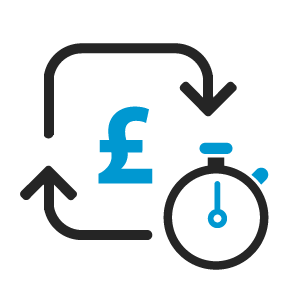
Faster return on investment

Prevent falls
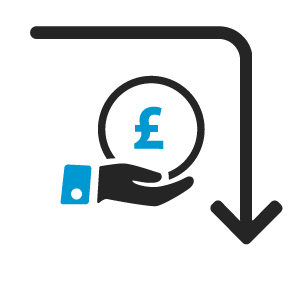
Reduced costs
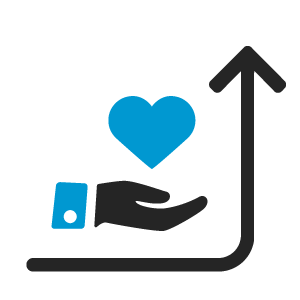
Better level of care
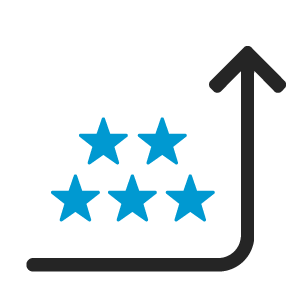
Improve your CQC rating
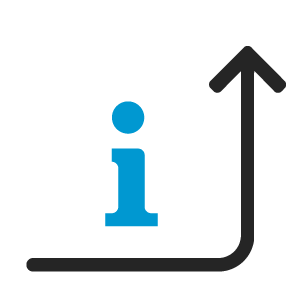
Better information

More efficient deployment of staff
Beneficial to residents

Better sleep cycles

Better attention
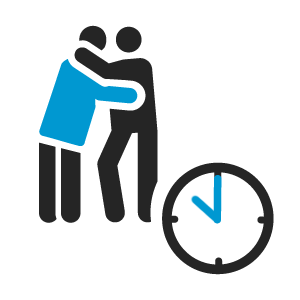
Timely care

Protect privacy
Abuse prevention
Acoustic Monitoring continuously listens for signs of distress and aggression and immediately alerts other staff when detected. This ever-present, non-intrusive surveillance is thereby an effective deterrent to those with the potential to commit abuse.
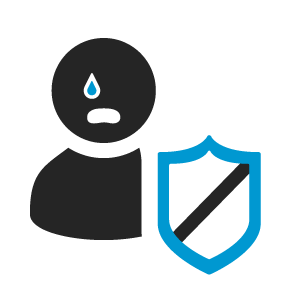
Prevent abuse

Detect aggression and distress

Non-intrusive
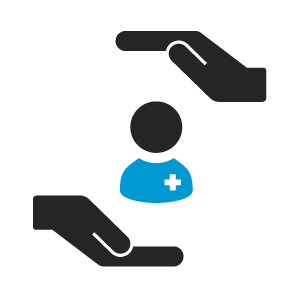
Safeguard staff
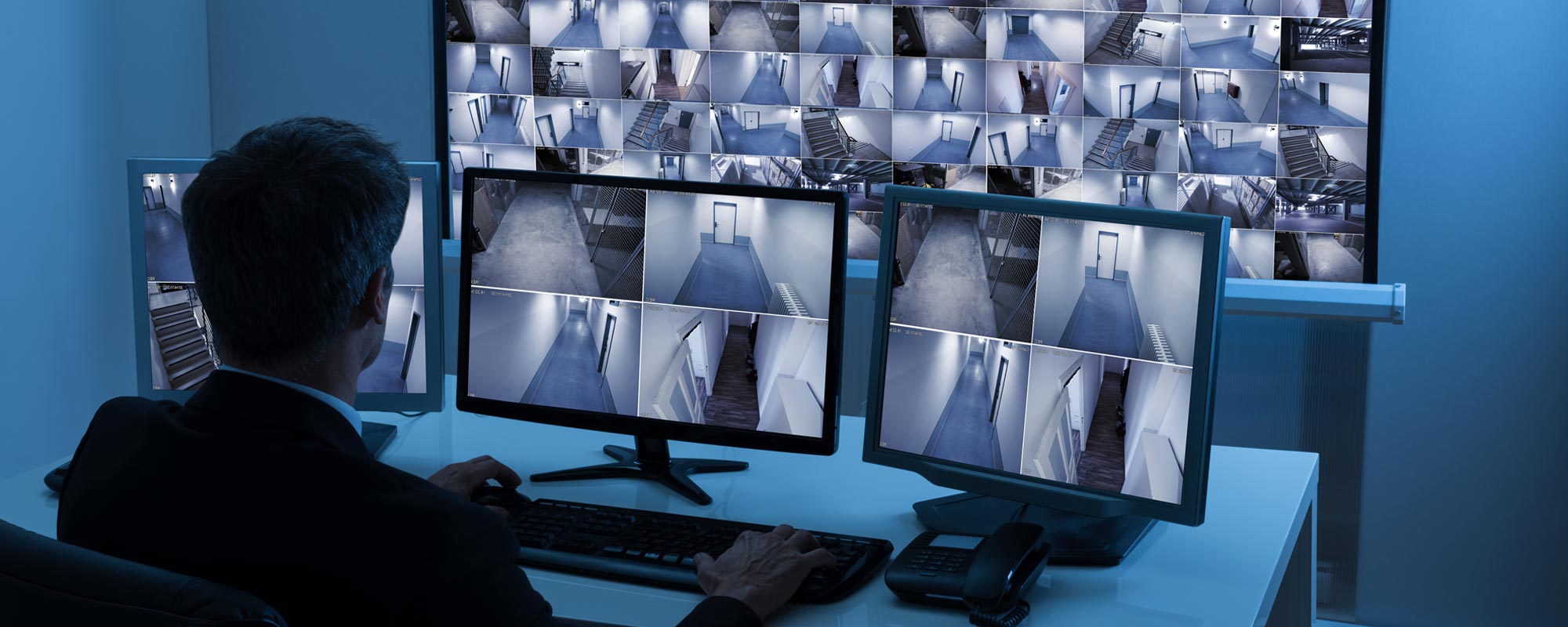
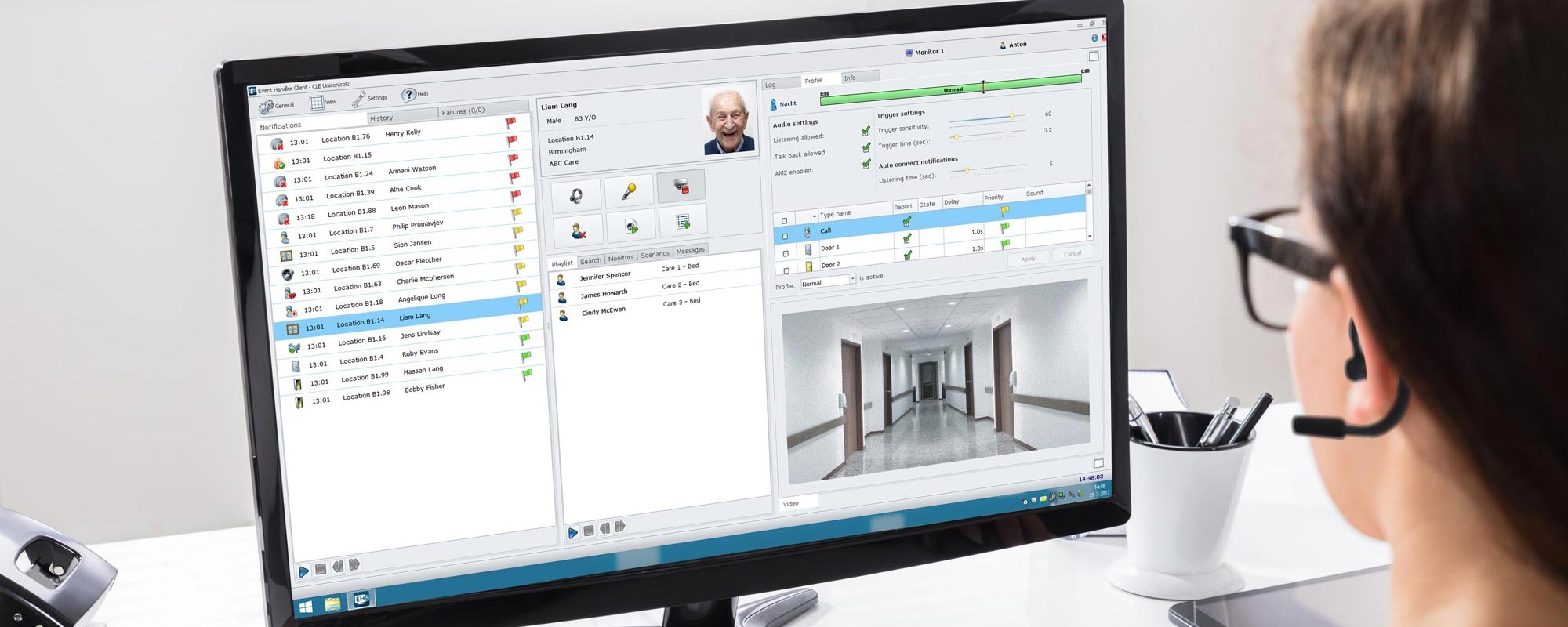
Abuse prevention with video vs. audio
The chart below compares the prevention and detection of abuse with Acoustic Monitoring and video surveillance.

Video Monitoring
 Acoustic Monitoring
Acoustic Monitoring
Non-present staff alert
Alerts only possible through live human monitoring of video feeds.
Trigger-based system recognises potential incident and alerts staff.
Abuse detection
Visual clues (often not present) have to be identified through continuous human monitoring.
Audio analysis instantly identifies sounds related to distress and aggression.
Resident privacy
Continuous human attention necessary.
Human attention only necessary when triggered by events.




